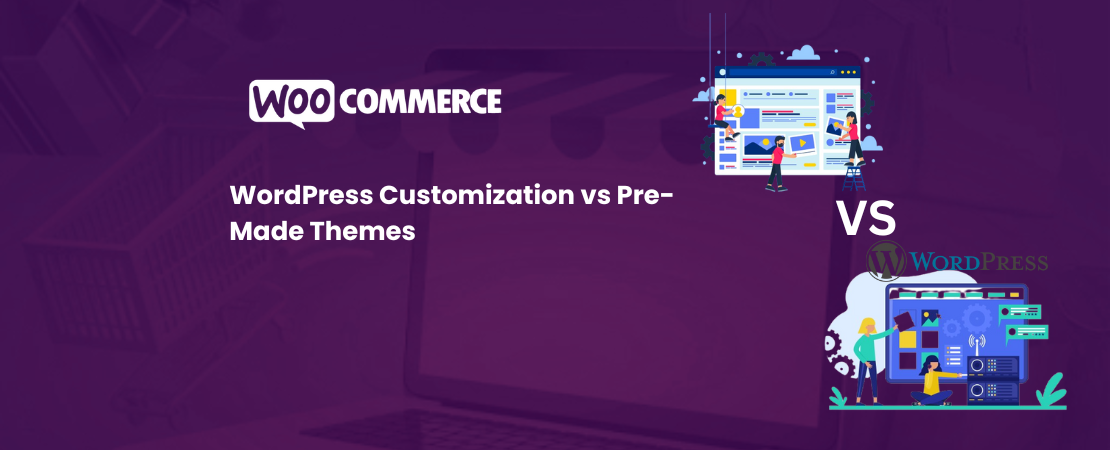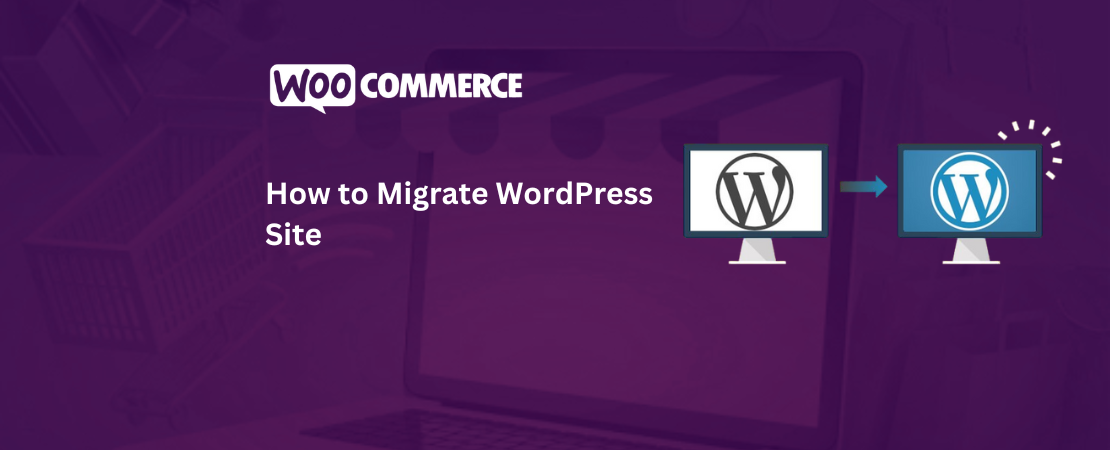Running an eCommerce business comes with a range of logistical challenges, especially when it comes to shipping. Whether you’re sending products directly to customers or receiving shipments from them, handling the costs and logistics can quickly become complex. Fortunately, WooCommerce offers a powerful solution: the WooCommerce Shipping Calculator plugin, which makes calculating shipping rates, printing labels, and tracking shipments easy for both businesses and customers.
With the WooCommerce Shipping Calculator, customers can easily calculate shipping costs by entering key details such as the weight and dimensions of their package and the destination address. This transparency allows them to compare rates from popular carriers like FedEx, UPS, USPS, and Canada Post through EasyPost’s API. For store owners, including those in the WooCommerce B2B space, it also allows for the addition of handling fees, helping to recover additional costs associated with shipping.
Once shipping costs are calculated, customers can directly purchase shipping labels, print them, and receive tracking links without ever leaving your site. The plugin is designed to create a seamless experience, featuring a dedicated page for the shipping calculator that can be easily added to your store via a shortcode. This ensures that all transactions remain within your site, keeping your customers engaged and satisfied throughout the shipping process.
Customization is another key feature of the plugin. Users can either select from predefined packing options based on weight and dimensions or create custom packages if necessary. Additionally, businesses can streamline their operations by generating multiple shipping labels at once using a CSV upload feature, perfect for those managing larger shipments. With support for both individual and bulk label generation, the plugin ensures flexibility and scalability for growing stores.
For business owners, WooCommerce Shipping Calculator also offers advanced tracking features and automated email notifications. Once a shipping label is generated, tracking links are automatically emailed to both the sender and the recipient. The plugin even allows for the configuration of custom email templates and messages, ensuring that your brand’s voice and communication style are maintained throughout the customer journey.
Configuring the WooCommerce Shipping Calculator Plugin
Setting up the WooCommerce Shipping Calculator is a straightforward process that involves a few key steps to ensure that it works smoothly on your site. Here’s a step-by-step guide to getting started:
Install the Plugin
Begin by installing the “ELEX WooCommerce Shipping Calculator, Purchase Shipping Label & Tracking for Customers” plugin from your WordPress dashboard. Go to Plugins > Add New, search for the plugin, install it, and activate it.
Create a Dedicated Shipping Calculator Page
To make the shipping calculator accessible to customers, create a dedicated page on your site. Go to Pages > Add New, give your page a title (e.g., “Shipping Calculator”), and insert the shipping calculator shortcode [multilabel]. Publish the page to make it live.
Connect with EasyPost API
The plugin relies on EasyPost’s API to calculate shipping rates and generate labels. To configure this, go to the plugin settings under WooCommerce > Settings > Shipping Calculator. Enter your EasyPost API credentials (API key and mode—live or test). If you don’t have an EasyPost account, sign up at easypost.com to obtain your API keys.
Configure Shipping Locations
In the plugin settings, choose the regions you want to support for shipping. You can select whether to allow shipments from and to all countries or limit them to specific countries. This ensures the plugin provides accurate rates based on your business’s shipping destinations.
Set Up User Role Access
Decide who can access the shipping calculator. You can restrict access based on user roles (e.g., customers, shop managers) or open it to all users, including guests. This setting can be found under Settings > User Role Access.
Enable Handling Fees and Customize Services
If you want to add handling fees, go to the Rates & Services tab in the settings. Here, you can set a fixed amount or percentage fee that will be added to the shipping cost at checkout. You can also select the shipping carriers (FedEx, UPS, USPS, etc.) you want to offer and adjust the pricing for their services.
Customize Email Notifications
Under Email Settings, configure automatic emails to be sent once a shipping label is generated. You can customize the subject, recipients (sender, receiver, or both), and the content of the email. Make sure to add the shortcodes [SHIPPING_LABEL] for the label and [TRACKING_LINK] for the tracking information.
Save Your Configuration
Once all settings are configured, click Save Changes in each section to apply the configurations. Test the shipping calculator on your new page to ensure everything is functioning as expected.
Conclusion:
Overall, the WooCommerce Shipping Calculator plugin is a comprehensive tool that not only simplifies the shipping process but also enhances customer experience. By enabling real-time shipping rate comparisons, label printing, and tracking, businesses can provide a more transparent and reliable service, helping to build trust and loyalty among their customers.
For those seeking a robust shipping solution, this plugin is a valuable addition to any WooCommerce store. If you’re looking for expert assistance in setting up and optimizing your store, consider partnering with a WooCommerce Development company to maximize your eCommerce potential.



